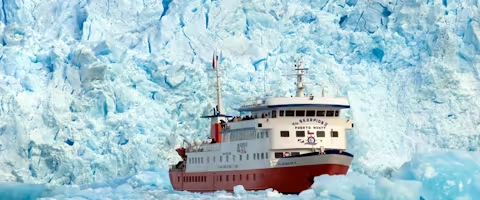Voyage north from Ushuaia to Punta Arenas on a small-ship expedition cruise and experience the incredible wildlife, fascinating history and breathtaking scenery of Tierra del Fuego. Visit historic Wulaia Bay, walk among thousands of Magellanic penguins and experience some of the planet’s most remote fjords and glaciers.
Trip Summary
- Exploring incredibly remote Patagonia: you won't see any other boats or people for 4 days.
- Daily zodiac excursions including stopping at Cape Horn, a fabled maritime landmark at the end of the earth.
- This is one of the best ways to see Patagonia's glaciers: awe-inspiring Pia, Águila and Cóndor Glaciers.
- Walk with penguins on Magdalena Island.
- Very informative guides teach you about the history, geology, glaciology, fauna and flora of Patagonia
- Really comfortable vessel with lots of different lounges and viewpoints to see the scenery.
- Excellent service onboard with everything included: meals, excursions and exceptional english speaking staff
Operator's Itinerary
Start from Ushuaia and end at Punta Arenas
Landmarks visited on Cape Horn & Glaciers Cruise
Cape Horn & Glaciers Cruise
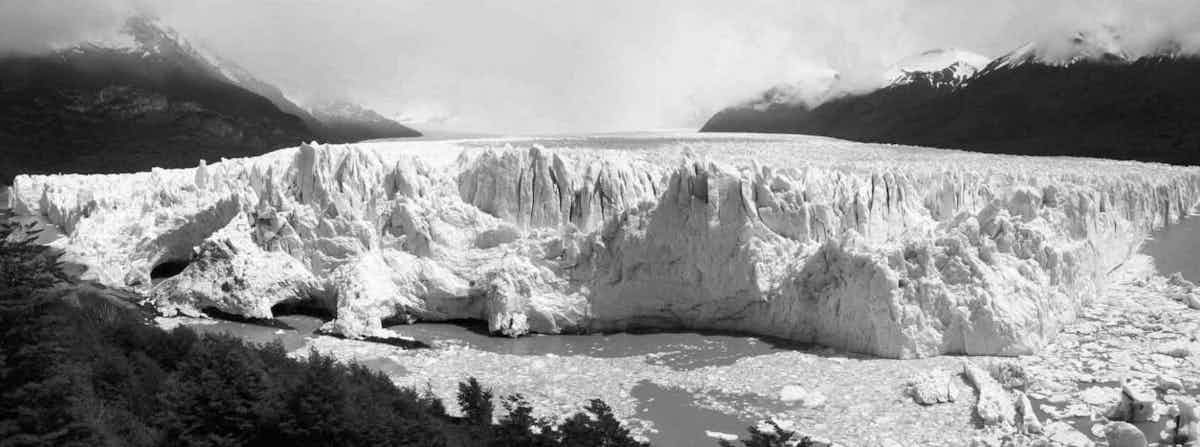
What our customers think of Cape Horn & Glaciers Cruise
Cape Horn & Glaciers Cruise trips scored 4.5/5 from 116 reviews





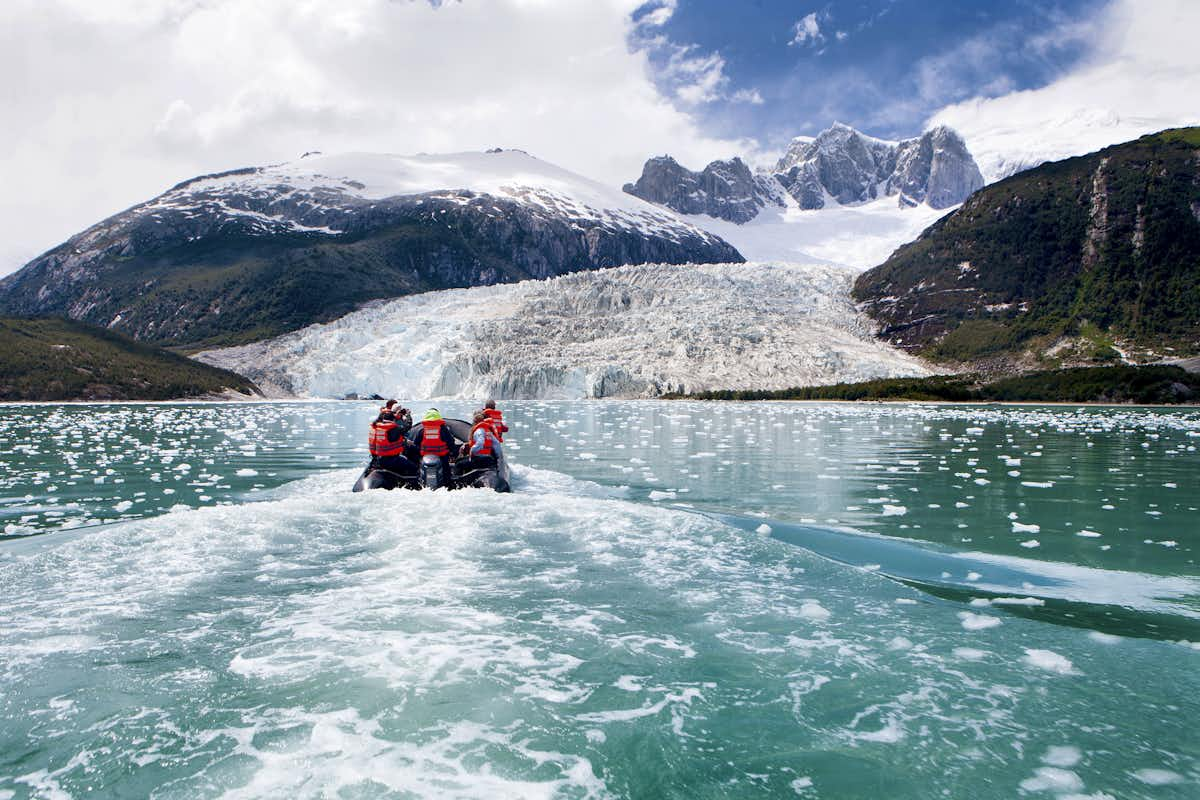
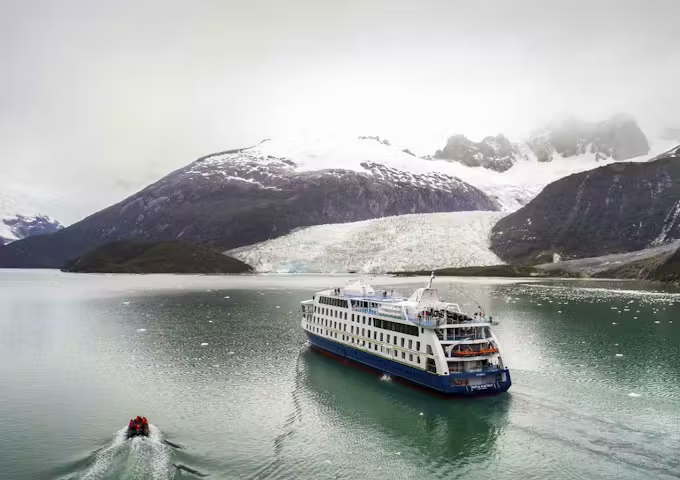
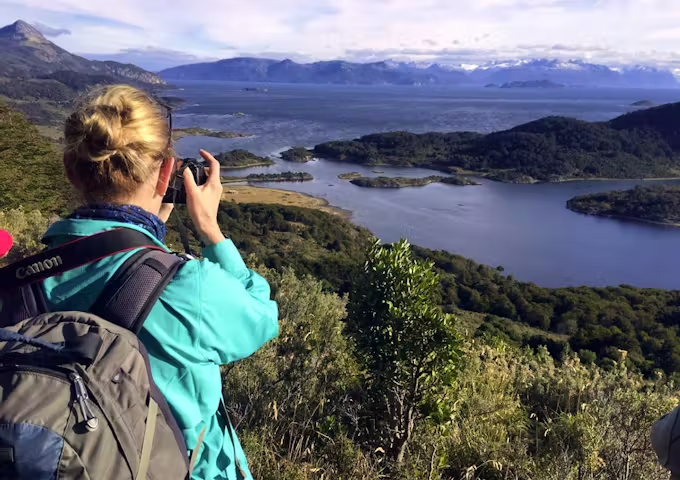
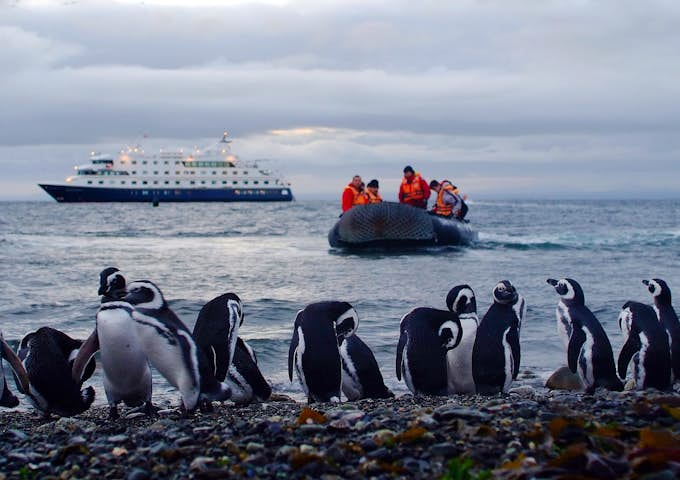
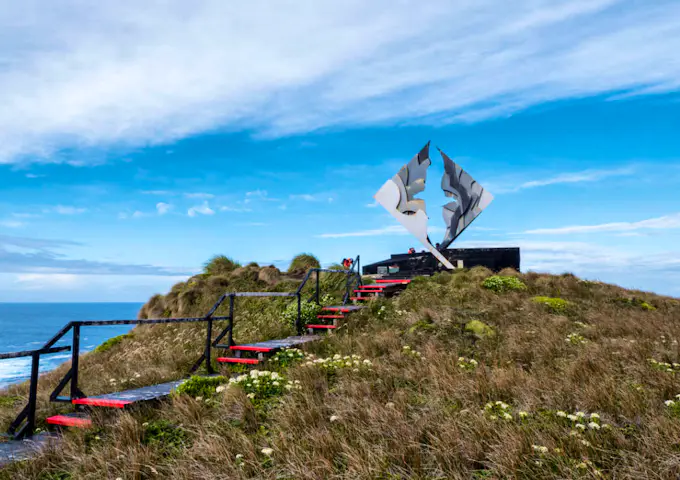
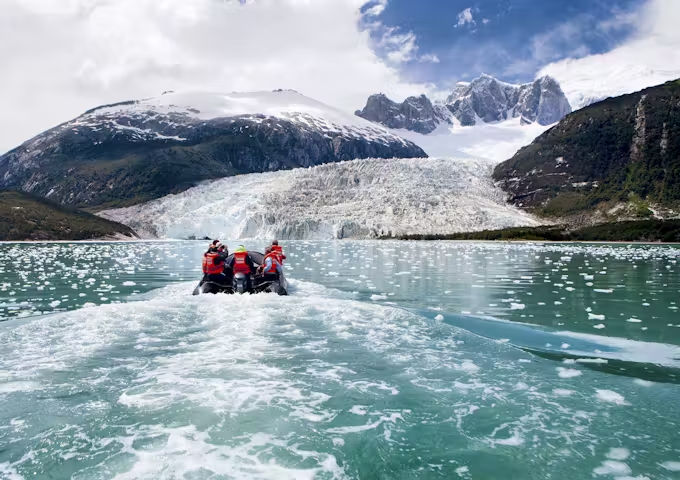
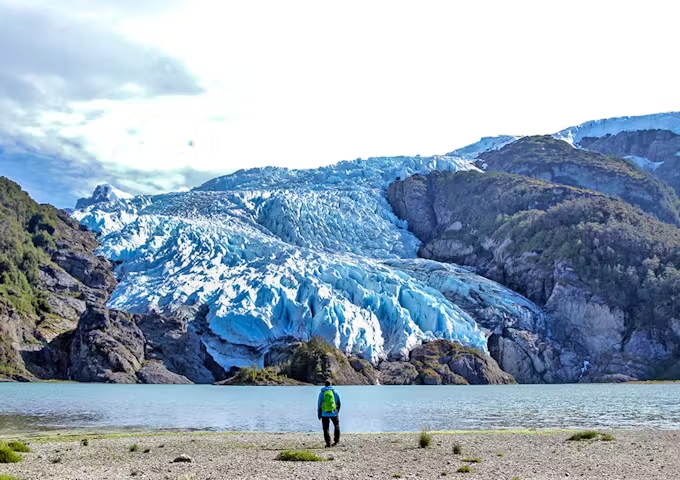
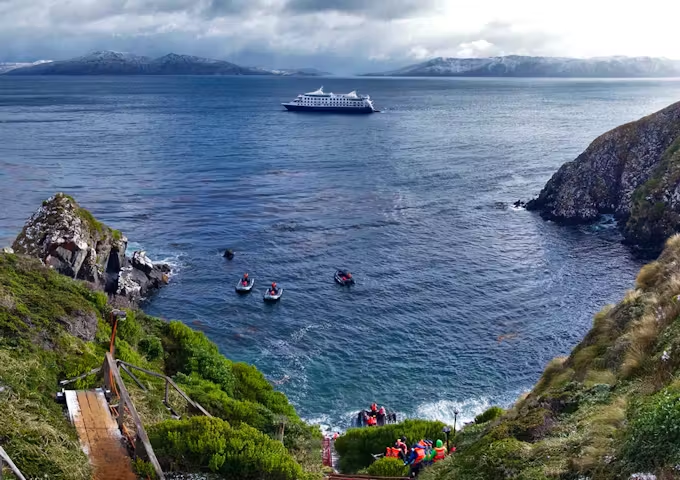
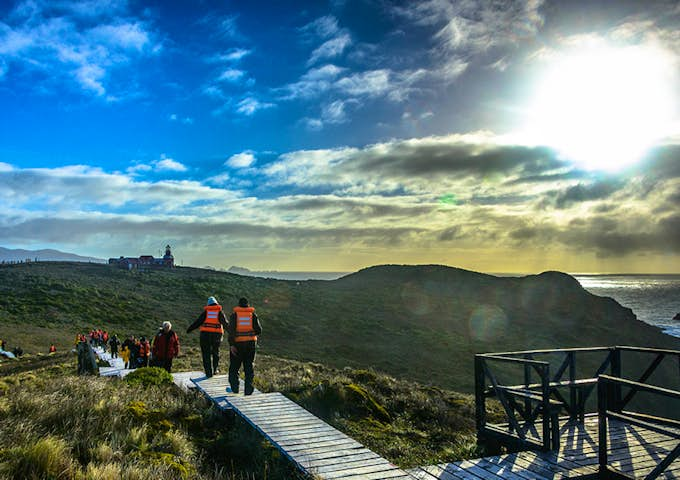
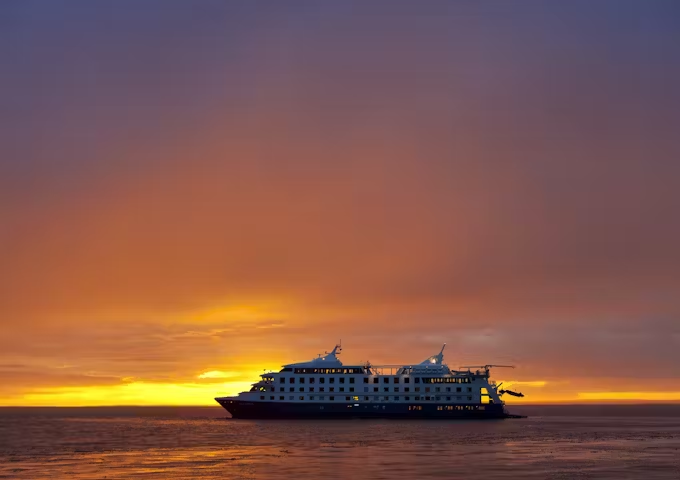
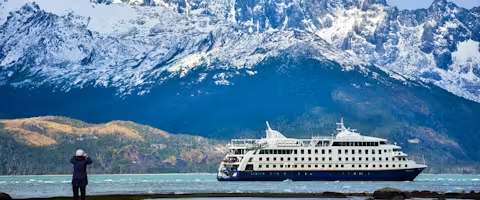
.JPG?auto=format,enhance,compress&fit=crop&crop=entropy,faces,focalpoint&w=480&h=200&q=40)
